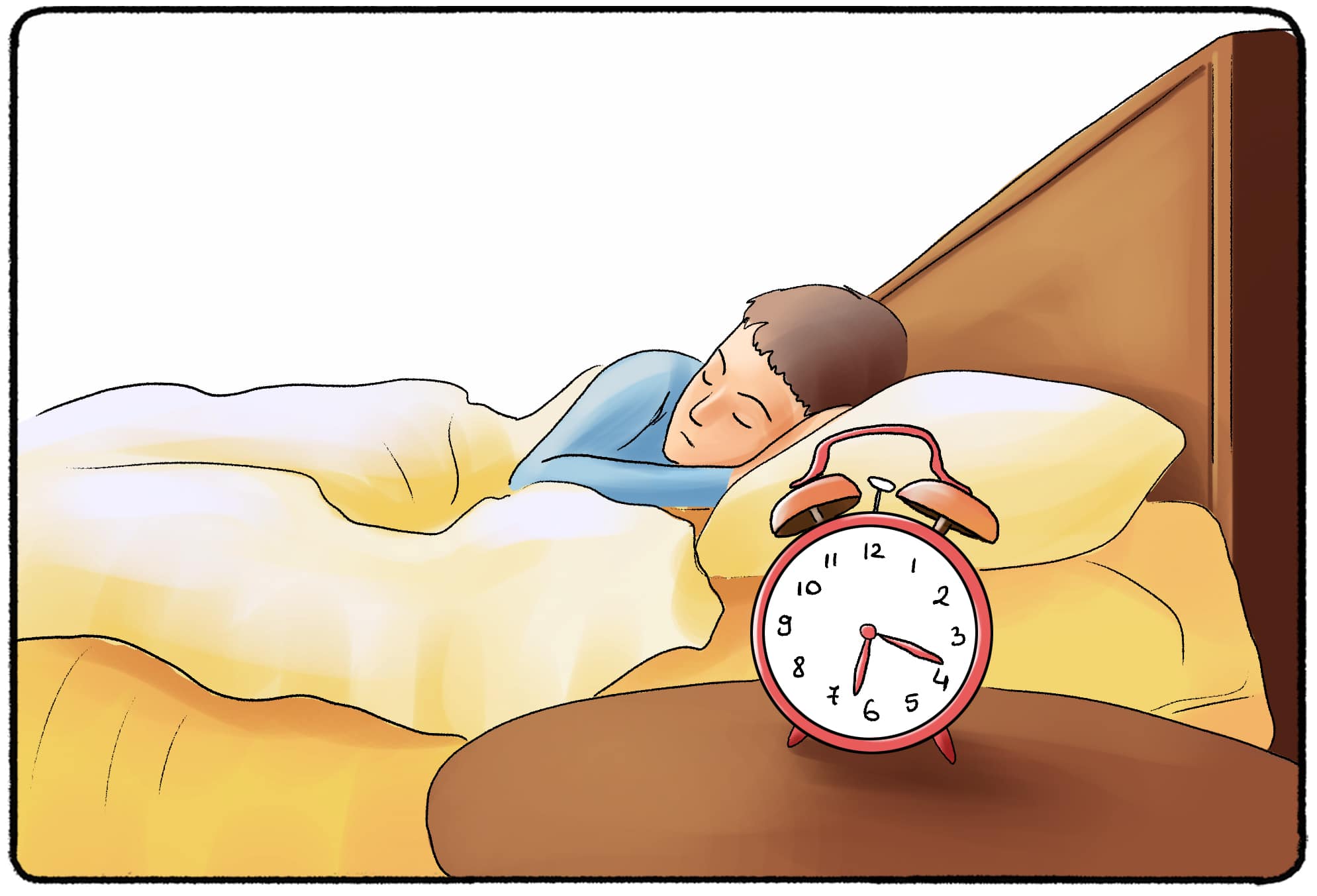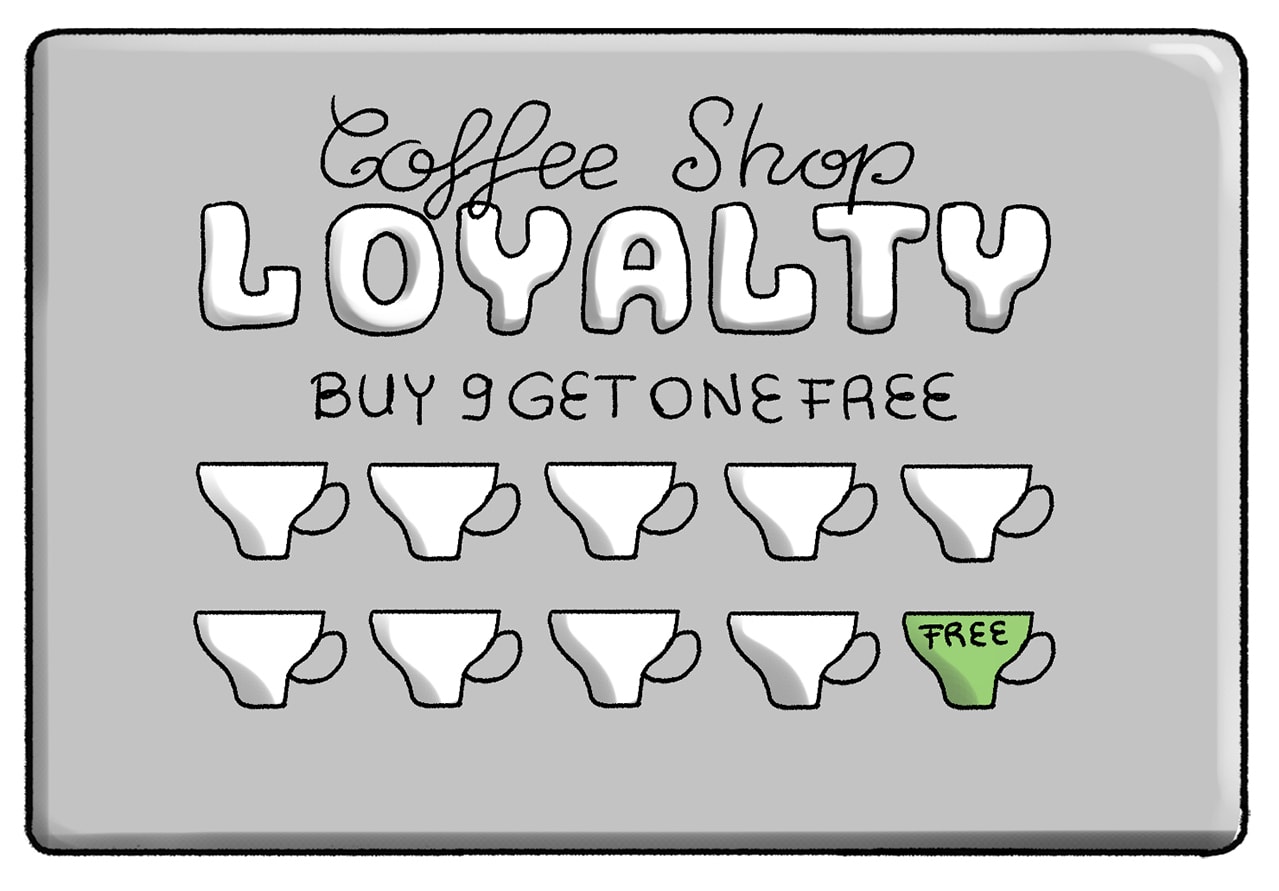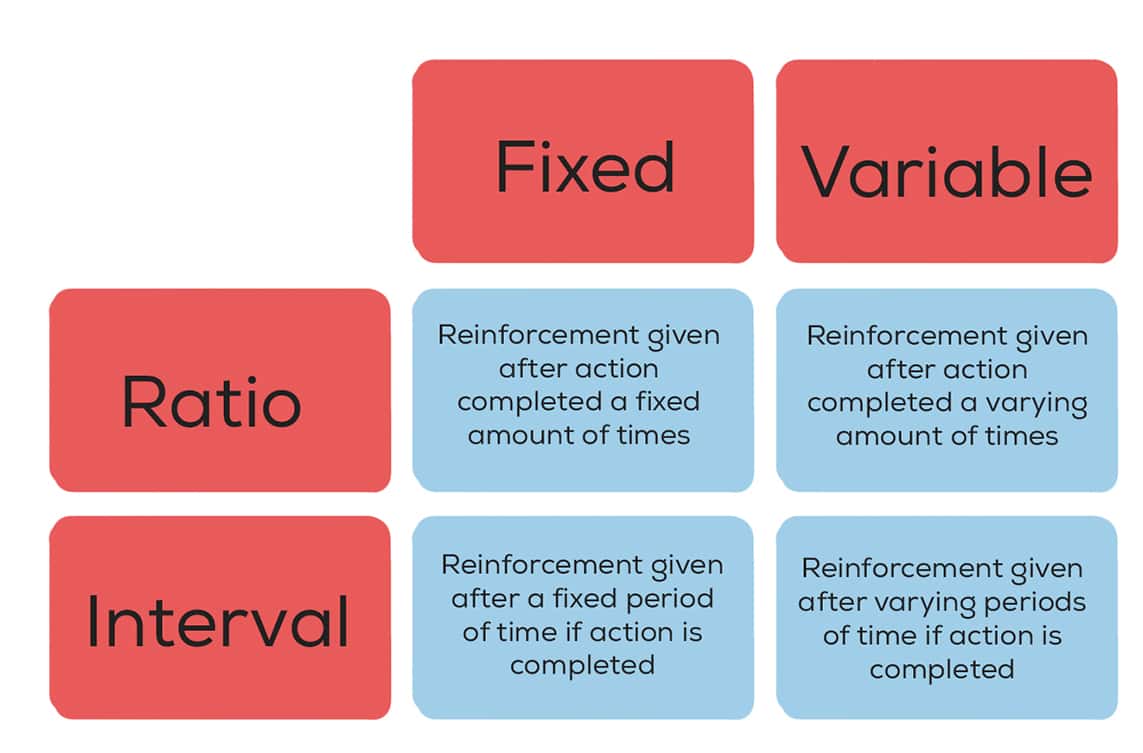Fixed Ratio 1 Vs Continuous Reinforcement
On some farms, workers are paid a certain amount of dollars for every basket they fill with fruit, vegetables, or flowers. If a farmworker fills one basket, they receive $20. If they fill ten baskets, that number jumps to $200. Every day, they leave with some amount of money – but that amount depends on how much work they did.
On other farms, workers are paid a salary. Every two weeks, so long as the workers showed up for their shifts, they receive the same paycheck. It doesn't matter how much was done within the workday – they just had to put in the right amount of hours. The farmworker knows how much they are going to take home, every two weeks.
These approaches may sound familiar to you, whether or not you worked on a farm. Plenty of jobs use a similar system for paying their employees. For some, this is just "the way things are done," or a seemingly intuitive approach for encouraging people to show up to work. For psychologists, this is operant conditioning at work. Employers want to encourage their employees to show up to work or pick a certain amount of fruit, so they reward (or reinforce) this behavior with money.
What is the best method of encouraging workers, children, and even pets? That's the question that psychologists like B.F. Skinner were determined to answer. Along the way, he identified fixed ratio reinforcement – a system of rewarding behavior that is still commonly used today.
What is Fixed Ratio Reinforcement?
Fixed-ratio reinforcement is a schedule in which reinforcement is given out to a subject after a set number of responses. It is one of four partial reinforcement schedules that were identified by B.F. Skinner, the father of operant conditioning.
B.F. Skinner and operant conditioning are two terms that come from Behaviorism, the once predominant school of thought in psychology. Today, behaviorism no longer reigns supreme, but we can still find examples of operant conditioning and fixed ratio reinforcement in everyday life.
What Is Operant Conditioning?
Operant conditioning uses reinforcements and punishments to encourage conscious behavior one way or another. But psychologists know that not all reinforcements work the same way. The reinforcement itself, as well as the reinforcement schedule, makes a difference in whether the behavior is encouraged and learned. By understanding the fixed-ratio reinforcement and other reinforcement schedules, you will be able to make better decisions for yourself and others about behavioral changes or sticking to habits.
Basic Terms in Operant Conditioning
The "subject" is the person who is performing the behavior. Reinforcement may not be positive; they're something added to a situation that encourages the subject to perform a behavior.
Positive reinforcements are something like a paycheck – the subject is given money to encourage them to come to work. Negative reinforcement is the removal of a stimulus that encourages the subject to behave a certain way.
For example, you may set an alarm in the morning to encourage you to wake up. If you put that alarm clock on the other side of the room, you have to get up in order to turn off the alarm. The removal of the blaring alarm will encourage you to wake up in the mornings.

Fixed Ratio Reinforcement vs. Continuous Reinforcement
If you set an alarm every morning, you aren't operating on a fixed-ratio reinforcement schedule. If reinforcement is used every time you perform a behavior (like every time you go to sleep,) the subject is acting on a continuous reinforcement schedule. Continuous reinforcement schedules do work, but they aren't always practical. You can't give customers a free coffee every time they buy a coffee, or else you'd have to start doubling the price of coffee just to keep your business afloat! Instead of continuous reinforcement schedules, partial reinforcement schedules can be used to administer reinforcements in a more realistic way.
Fixed-ratio reinforcement is a partial reinforcement schedule. Subjects are not rewarded every time they perform a behavior – just after they have performed the behavior a certain number of times.
Examples of Fixed Ratio Reinforcement
Think back to the two examples I shared earlier. Which version of paying farmworkers is an example of a fixed-ratio reinforcement schedule? If you guessed the first example, where workers are paid per basket, you're right! The response that employers are encouraging is picking fruits. Once the "subject" has performed the response enough times to fill up a basket, they receive their reinforcement.
Rewards Cards
Let's look at another example of a fixed-ratio reinforcement schedule. When was the last time that you used a reward card at a coffee shop or a retail store? These rewards cards might offer a deal like, "Buy nine coffees, get one free," or "get $5 in rewards after you have spent $25." You can perform this behavior (spending money or buying specific products) at any time, but once you have done it a certain number of times, you get your reward.

Dessert For Packing Lunch
You are trying to force yourself to pack your lunch every day instead of buying food at the nearby restaurant. In order to stick to this habit, you set up a reward system for yourself. Every fifth lunch that you pack, you add a big chocolate bar as a reward.
Mileage Club
Did your school have this program? The Mileage Club encourages students, usually in elementary school, to get active. Each school may run its program a little differently based on its playground and athletic equipment, but most offer one "toe token" for every mile a child walks. As the children collect toe tokens, they can trade them in for larger tokens and even prizes.
When positive reinforcement is viewed as currency or a badge of honor, children may be more motivated to complete certain behaviors and earn the reinforcements. Fixed ratio reinforcement may not work as effectively if the reinforcement isn't motivating.
Other Schedules of Reinforcement
As you were listening to that last example, you might find yourself thinking of an alternative way to reinforce your behavior. You might put yourself on a different schedule: for example, if you packed your lunch three times that week, you get the big chocolate bar on Friday. This is an intuitive way of reinforcing this behavior, but it's not on a fixed-ratio reinforcement schedule. Instead, this is a fixed-variable reinforcement schedule.
In addition to a fixed-ratio reinforcement schedule, psychologists have identified Fixed Interval , Variable Interval , and Variable Ratio schedules. Below are quick examples of each type of schedule, but you can also find more information about these options on our site!

Example of Fixed Interval Reinforcement
Fixed interval reinforcement is distribute after a fixed amount of time. Paychecks are often considered the most common form of fixed interval reinforcement. Another example of this schedule is administering allowance to a child if they clean their room by Saturday. They only need to clean their room once. If they choose to do it Monday or Friday, it doesn't matter. As long as the room has been cleaned once that week, they receive the reinforcement.
Example of Variable Interval Reinforcement
Variable interval reinforcement is slightly different from fixed interval reinforcement, in that random amounts of time pass before the behavior is considered and the reinforcement administered. Health inspectors and pop quizzes are two common forms of variable interval reinforcement
Example of Variable Ratio Reinforcement
Like fixed ratio reinforcement, variable ratio reinforcement administers reinforcements after a certain number of behaviors are performed. Unlike fixed ratio reinforcement, that number can vary between when reinforcements are given out. Slot machines are a great example of variable ratio reinforcement. It might take one, twelve, or 1,000 pulls of a slot machine for the user to win the jackpot!
How To Use Fixed Ratio Reinforcement To Motivate…
…Your Kids
Set up a chore chart and have your kids "race" to their reinforcements. A simple grid with a list of chores on the left side of the chart gives kids an easy way to mark when they've completed their tasks. (Many parents use stickers as a mess-free way to fill in the chart!) Once the child has added five or 10 stickers to their chart, administer their reinforcement!
…Your Customers
Rewards cards are great ways to remind customers to come back and make another purchase. They don't have to follow the same, "buy nine, get one free" format. Maybe it makes more sense to give $5 back to every customer that spends $50. Or, after six months of making monthly donations to your organization, you give donors a free t-shirt. Whatever you choose to do, be sure to promote it to your customer base. If they don't know the promotion is available, they won't be encouraged to keep spending!
…Your Pets
Pets can benefit from fixed ratio reinforcement, but not in the same way that humans can. Dogs can't count! Fixed ratio reinforcement may be a good way to hold you accountable for training your dog, though! Promise yourself to reward your pup with a giant Kong of peanut butter or another indulgent treat every five or so times that they begin to associate the behavior with reinforcement. Don't worry too much if you don't give out the treat every five times. Remember, your pets can't count!
Pets only connect reinforcements with behaviors if they are given in quick succession, so do not delay when administering reinforcements. Have your treats ready when they perform their tricks!
…Yourself!
Fixed ratio reinforcement is an easy schedule to use on yourself. You know what to do and when to reward yourself. Write yourself a "chore chart" or to-do list with the behavior you want to perform and how you will reinforce that behavior. Will you buy yourself a coffee every other time you empty the dishwasher? Take yourself out on a nice meal after performing 100 cold calls to clients? Give yourself permission to nap after you finish 12 items on your to-do list? Customize your plan for you and get started!
Does Fixed Ratio Reinforcement Work?
How does fixed ratio reinforcement stack up to other types of reinforcement? Psychologists have found that although this schedule does encourage behaviors, there is a lag in motivation once the reinforcement is distributed. Think about it this way. When you've only bought one coffee and have eight more to go before you buy a free one, you're probably not rushing to buy another coffee. But if you have just one more coffee to buy before you get a free one, you are more likely to go out of your way and visit that coffee shop.
The effectiveness will also depend on the schedule and reinforcement itself. Getting a free coffee after buying nine seems reasonable, but no one is going to get excited about getting a free coffee after buying forty-nine. Depending on the size of the basket at the farm, farmworkers may be more or less encouraged to fill up their baskets. If the reinforcement is not "worth" the effort to perform the behavior, the reinforcement schedule will be less effective.
Source: https://practicalpie.com/fixed-ratio-reinforcement/
0 Response to "Fixed Ratio 1 Vs Continuous Reinforcement"
Post a Comment